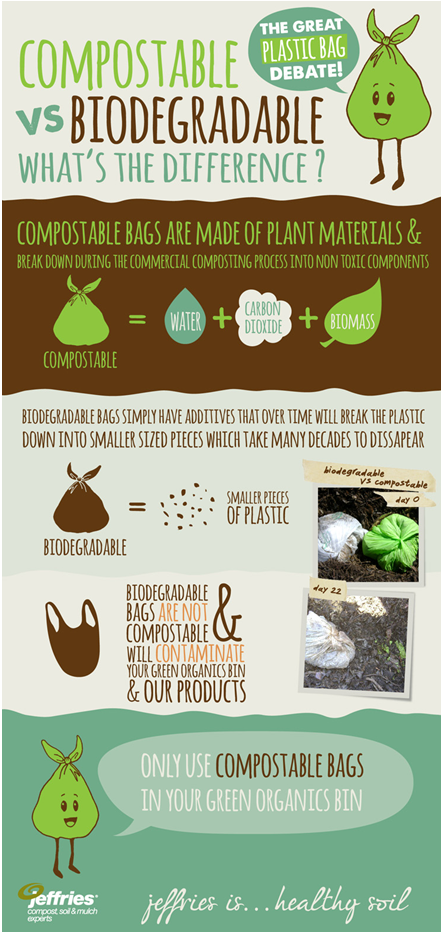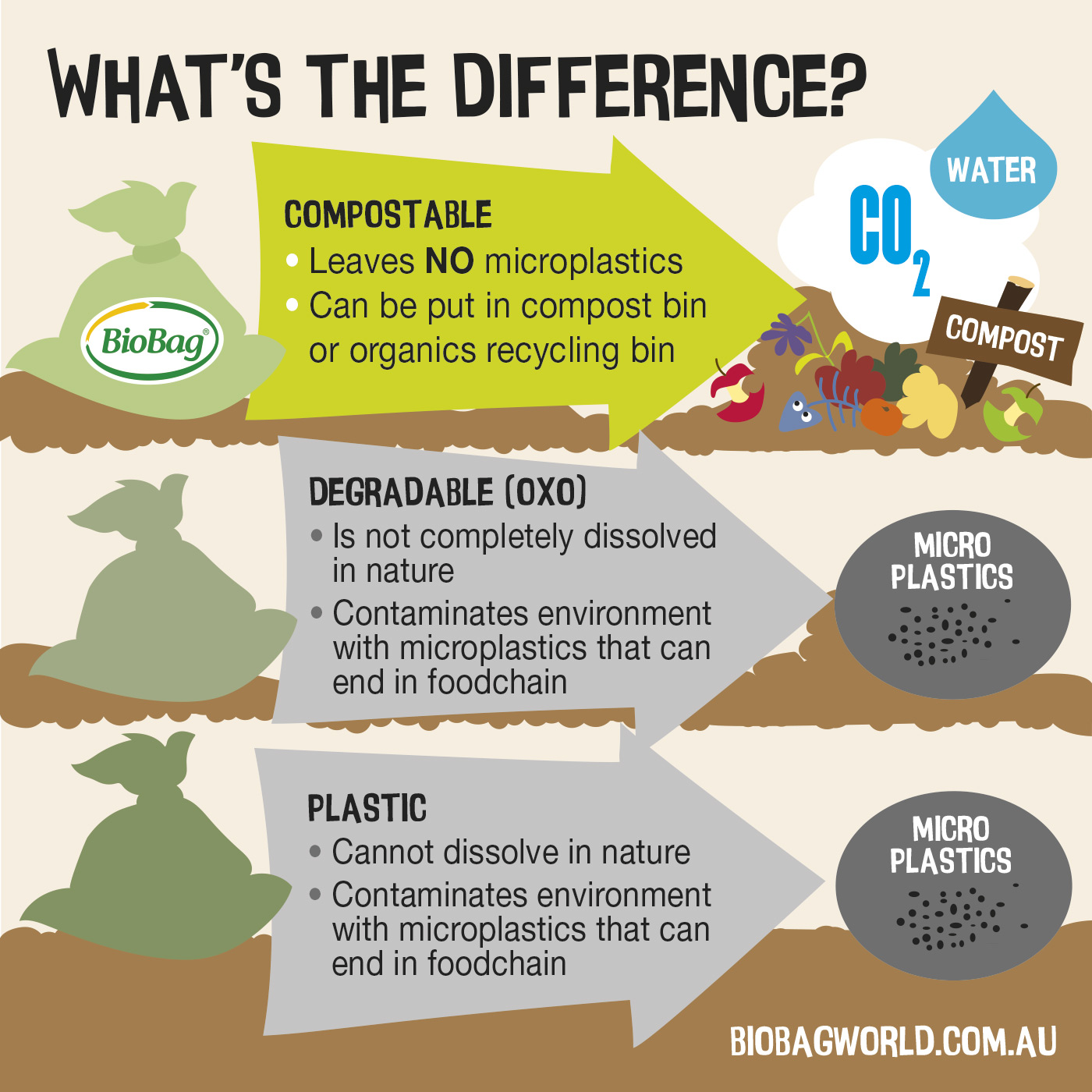
Furoshiki and Other Plastic Bag Ban Solutions
Now that Australia has finally caught up with the plastic bag ban I thought I’d make a post to help people transition. If you have any other solutions please do share them in the comments or through the contact link and I’ll update the post to include the handy ones.
Furoshiki – Japanese cloth wrapping to carry clothes, gifts, or other goods.
My Favourite as it can be used as a unique gift wrap – Wrapping Bottles
Compilation
Four Alternatives to Plastic Bin Liners
Since I had been cycling I got used to wearing a backpack and see it as a great workout which helps me buy only the things I really need.
Another alternative is just using the trolley from the shop to the car and car to home.
You’ve had plenty of advance notice to avoid looking like this monkey!
Compostable vs Biodegradable Bags

Bonus: MISLEADING ‘DEGRADABLE’ AND ‘BIODEGRADABLE’ PLASTIC BAGS … thanks Jakki (Full article)
Image from Article:


How many times must a bag be reused?
Once all of this information has been distilled, scientists can usually offer a fairly straightforward guide: the number of times a given bag should be reused when compared to the standard supermarket plastic bag.
A 2018 Danish study, looking at the number of times a bag should be reused before being used as a bin liner and then discarded, found:
- polypropylene bags (most of the green reusable bags found at supermarkets) should be used 37 times
- paper bags should be used 43 times
- cotton bags should be used 7,100 times.
Another UK study, which only considered the climate change impact, found that to have lower global warming potential than single-use plastic bags:
- paper bags should be used three times
- low-density polyethylene bags (the thicker plastic bags commonly used in supermarkets) should be used four times
- non-woven polypropylene bags should be used 11 times
- cotton bags should be used 131 times.
Note, however, that if a plastic bag is reused (even as a bin liner) the number of times an alternative needs to be used increases.
It’s worth noting that, according to the 2018 Danish study, using organic cotton has a greater environmental impact than non-organic due to higher production costs. Our assumptions about what is environmentally friendly don’t always stand up to scrutiny.
After looking at all this data, here are the things I’d like you to remember:
- whatever bag type you use, use it as many times as possible
- choose bags made from recyclable materials
- avoid bags that have printing or decorations — these alone can add significantly to the environmental burden of the bag
- never allow a bag to become litter — recycle, reuse and repurpose your bags.
People are ‘coping’ with the bag ban… are you serious!? Kitty Flanagan has a solution.
Bonus: ENVIRONMENTALLY IMPASSIONED CITIZEN DESIGNS PLASTIC-FREE BAGS



